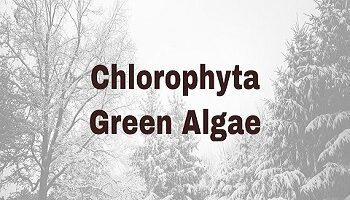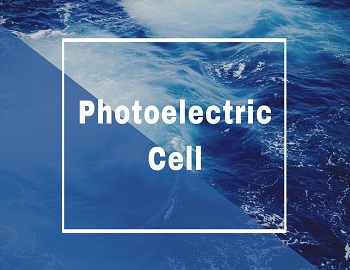Applications of Colloids:
The substances which are generally amorphous in nature, diffuse very slowly in solution and show a little or no tendency to pass through animal or vegetable membrane due to their bigger particle size in solution are known as colloids. Example- starch, gelatin, gum, albumin, proteins etc. (The name ‘colloid’ is derived from the Greek word “Kolla” meaning Glue-like). Colloids play a very significant role in nature and in our daily life. Some of the important applications of colloids are discussed below-
- Blue Colour of the Sky- Several particulates of colloidal dimensions such as dust, nuclei of condensed water etc., scatter blue light. It is this blue light that makes the sky look blue.
- Blood- It is a colloidal solution of an albuminoid substance. The styptic action of alum and ferric chloride solutions is due to the coagulation of blood. Coagulation of blood helps in stopping bleeding.
- Artificial Rain- It can be caused by spraying oppositely charged colloidal dust or sand particles over a cloud. The colloidal water particles present in the cloud will get neutralized and coagulate to form bigger water drops causing artificial rains.
- Sewage Disposal- Sewage water contains particles of dirt, rubbish etc., which are of colloidal size, carry a charge and, therefore do not settle down easily. These particles can be removed by electrophoresis. Dirty water is passed through a tunnel fitted with a metallic electrode which is maintained at the high potential difference. The particles migrate to the oppositely charged electrode, lose their charge and are coagulated. The deposited matter is used as manure and the water left behind is used for irrigation.
- Purification of Water- The precipitation of colloidal impurities present in water can be done by adding certain electrolytes like alum etc. The negatively charged colloidal particles of impurities get neutralized by the Al3+ ions and settle down and pure water can be decanted off.
- Cleansing Action of Soap- Soap solution is colloidal in nature. It removes the dirt particles either by adsorption or by emulsifying the greasy matter sticking to the cloth.
- Medicine- A large number of medicines and pharmaceutical preparations are colloidal in nature. Some of them are in fact emulsions. Such colloidal medicines are easily adsorbed by the body tissues and therefore are more effective. For example- colloidal gold, calcium, silver are used in medicines or as ointments.
- Formation of Delta- River water is a sort of colloidal solution of clay in water. Seawater, on other hand, contains a large number of dissolved salts and is a sort of electrolyte. When river water comes in contact with seawater coagulation of colloidal particles occur. These coagulated clay particles settle down at the point of contact and gradually river bed starts rising. This leads river water to adopt a different course and ultimately results in the formation of the delta.
- Photography- A colloidal solution of silver bromide in gelatine is applied on glass plates or celluloid films or paper to form sensitive plates in photography.
- Chemical Warfare- Smokescreens are used in wars to hide the movements of troops. Smokescreens generally consist of very fine particles of titanium oxide dispersed in the air with the help of aircraft. Titanium oxide screens are white opaque covers.
- Cottrell Smoke Precipitator- Smoke is made free of colloidal particles by passing it through a Cottrell precipitator installed in the chimney of an industrial plant. It consists of two metal discs charged to a high potential. The charge on the colloidal dust and carbon particles of smoke is neutralized and they are precipitated down, while free gases come out through the chimney.
- Rubber industry- Latex is a colloidal solution of rubber particles that are negatively charged. Rubber is obtained by coagulation of latex.
- Industrial products- Paints, inks, synthetic plastics, rubber, graphite lubricants, cement, etc., are all colloidal solutions.









Comments (No)